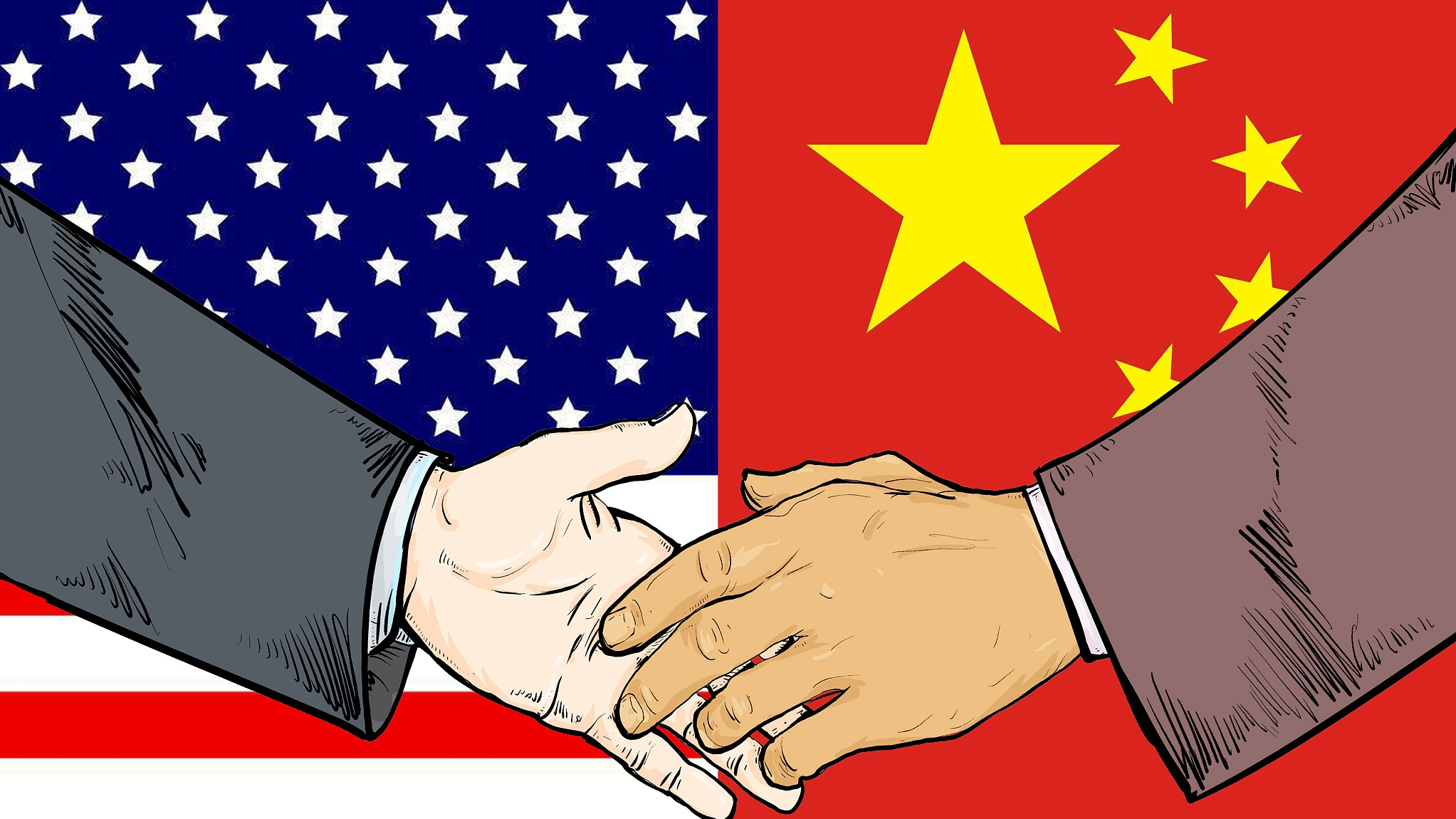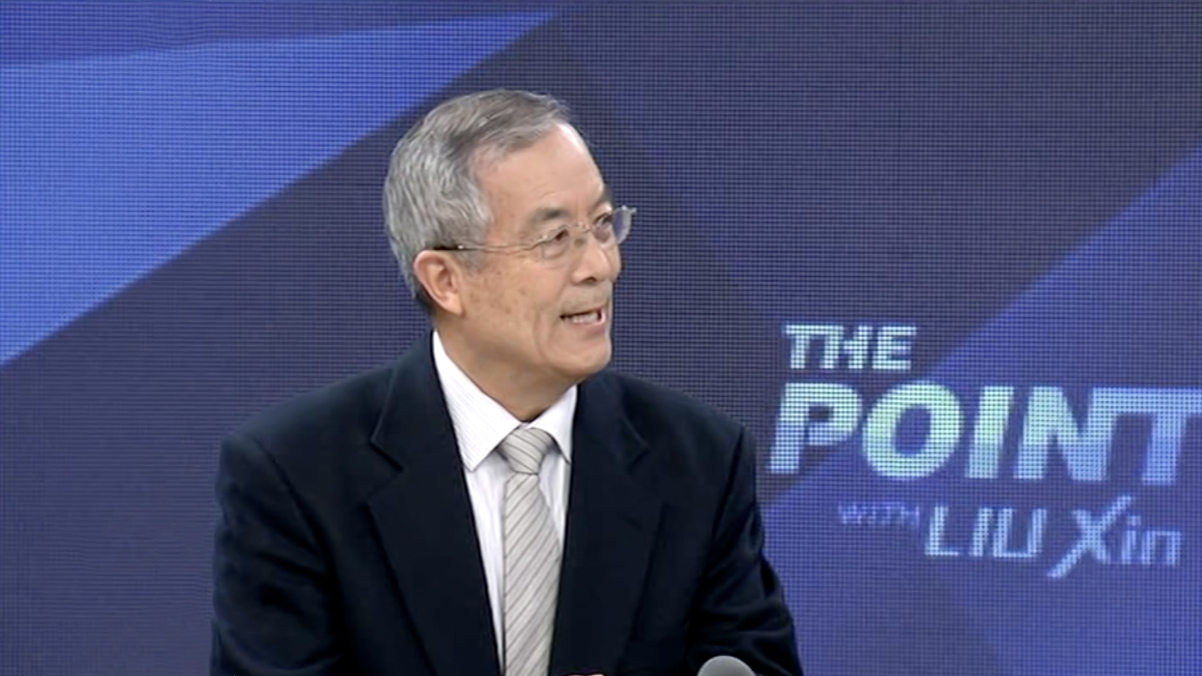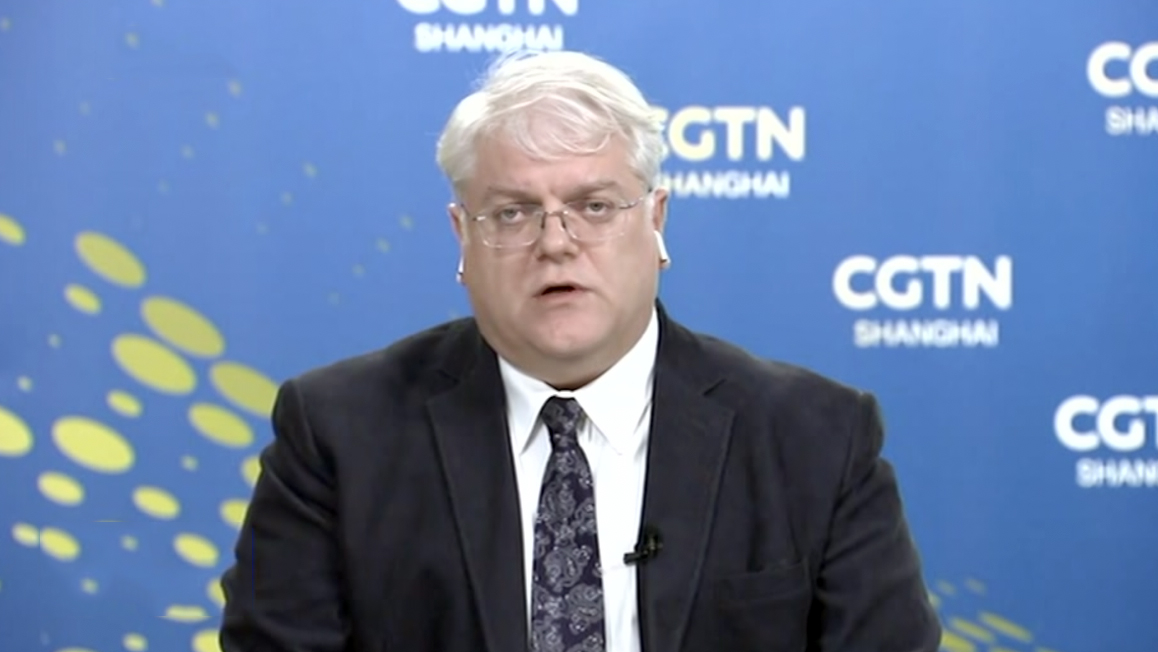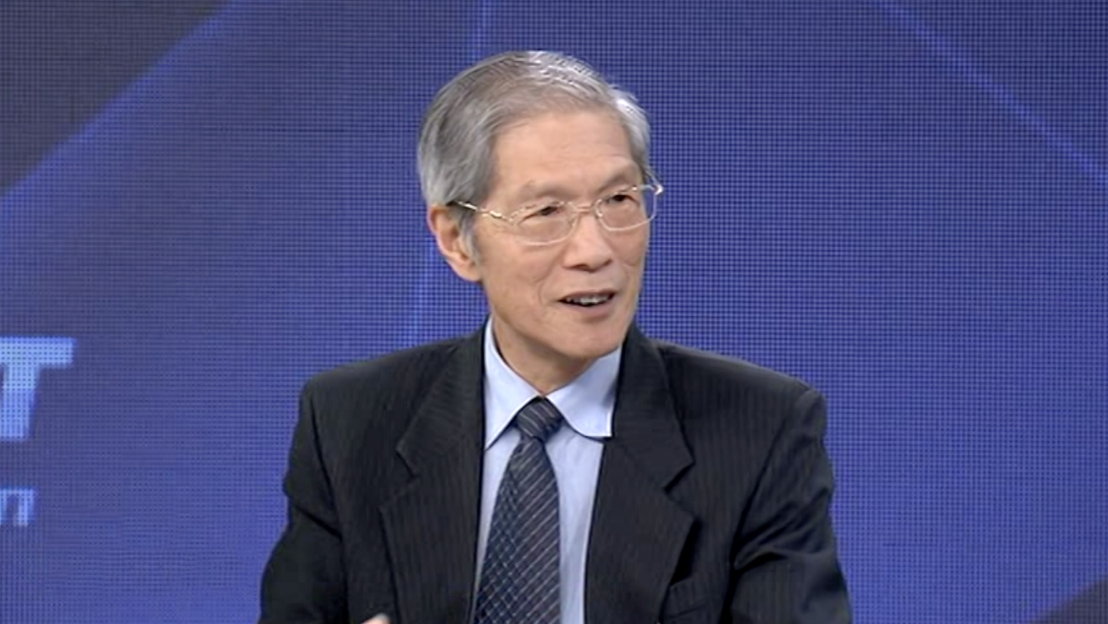
Opinions
14:03, 29-Dec-2018
Opinion: China-U.S. ties at crossroads after 40 years
Updated
13:01, 01-Jan-2019
CGTN's The Point

2018 witnessed the largest and longest trade dispute between the world's two biggest economies. Although China and the U.S. are welcoming 40 years of diplomatic ties, doubts and concerns still linger.
01:20

“The relationship between China and the U.S. has come to another crossroads. How we move forward has to do with the general backdrop,” said Su Ge, chairman of the China National Committee for Pacific Economic Cooperation.
“Globally speaking, in the last several decades, there's been a tremendous change – the collective development of developing countries and new economies. If you take the economy, the balance of power of the developing world as a whole, it has already surpassed that of industrialized nations, and that could be one of the reasons that would explain the anxiety in the U.S. and the west,” Su explained.
Josef Gregory Mahoney, from the Department of Politics at East China Normal University, doesn't agree that this anxiety from the U.S. is “historically connected with China.”
01:07

“We just have a lot of negativity in our (U.S.) politics. There's a tendency or desire to try to blame others instead of taking care or responsibility for some of those problems. And increasingly, China has become a convenient target for shifting disappointment in the U.S.' political or economic development, and that's going to continue,” said Professor Mahoney.
Amid this “anxiety” and “negativity,” China and the U.S. have made efforts to improve their trade relations.
In their recent meeting on the sidelines of the G20 summit, President Xi Jinping and President Donald Trump had an in-depth strategic discussion.
They agreed to pursue a China-U.S. relationship defined by coordination, cooperation, and stability, and charted the way for addressing the existing issues between the two countries and promoting the healthy growth of China-U.S. relations.
On December 21, Beijing and Washington made vice-ministerial calls and exchanged views again on issues of common concerns such as the trade imbalance and intellectual property protection, making fresh progress.
The latest update is, according to the Chinese Ministry of Commerce on December 27, China and the U.S. have made plans for face-to-face consultations over trade in January, with both sides preparing for the talk.
So, efforts to find common ground between Beijing and Washington haven't ceased. But the question now is, do China and the U.S. still have any enough common ground at this period in time?
“This is a big question for the U.S. today,” said Tao Wenzhao, a senior research fellow from the Institute of American Studies at the China Academy of Social Sciences.
01:23

“The present tension between the U.S. and China is a tension between Beijing and Washington D.C., which means, Washington's academic and political elites, not the grassroots people of the United States,” he said. He added that his own observation is that many people in California welcome Chinese investment very much.
Both Tao and Mahoney believed that the major task for China now is to “put its own house in order” – to move forward its economic reforms, reduce its unemployment rate, and improve its private enterprises and “let the U.S. deal with the fact as they fall.”
(If you want to contribute and have specific expertise, contact us at opinions@cgtn.com.)

SITEMAP
Copyright © 2018 CGTN. Beijing ICP prepared NO.16065310-3
Copyright © 2018 CGTN. Beijing ICP prepared NO.16065310-3